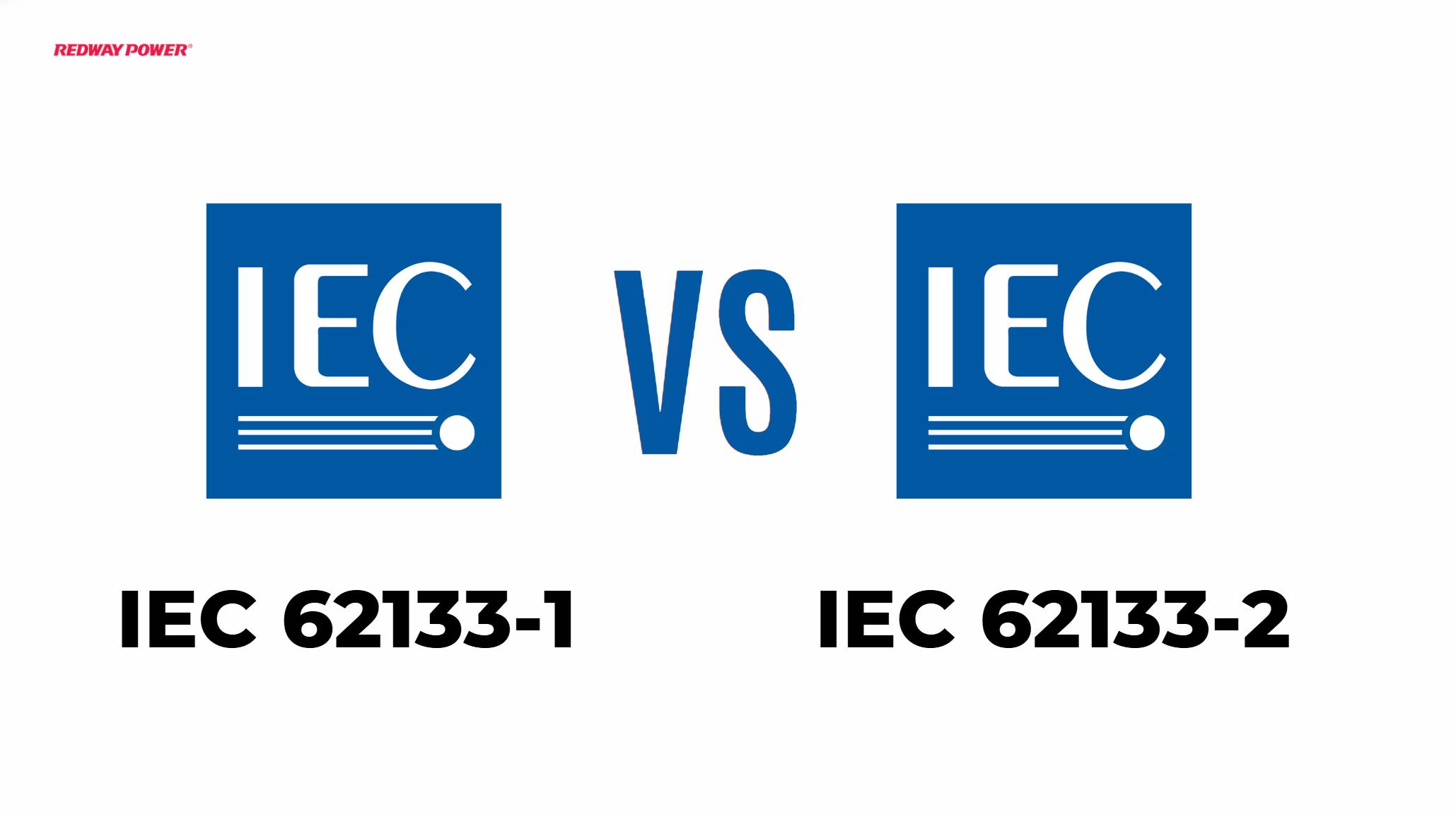IEC 62133-1 applies to portable lithium-ion batteries used in consumer electronics, focusing on safety during normal use. In contrast, IEC 62133-2 pertains to industrial applications, emphasizing performance under more demanding conditions while maintaining stringent safety measures.
Understanding IEC 62133-1 Battery Safety Standard
IEC 62133-1 is a battery safety standard that specifically covers nickel chemistries. It outlines testing requirements and performance criteria to ensure the safety and reliability of batteries using nickel-based technologies. Compliance with IEC 62133-1 is essential for manufacturers producing batteries with nickel chemistries.
Exploring IEC 62133-2 Battery Safety Standard
IEC 62133-2 is a battery safety standard that focuses exclusively on lithium batteries. It addresses the specific safety concerns and testing requirements associated with lithium-based technologies. Compliance with IEC 62133-2 is necessary for manufacturers producing lithium batteries to ensure their safety and reliability.
Key Differences Between IEC 62133-1 and IEC 62133-2
The main difference between IEC 62133-1 and IEC 62133-2 lies in the chemistries they cover. IEC 62133-1 is applicable to nickel chemistries, while IEC 62133-2 is exclusive to lithium batteries. These standards address the unique safety considerations and testing requirements associated with each chemistry type, ensuring the safe use of batteries in various applications.
Implications for Battery Safety
The differentiation between IEC 62133-1 and IEC 62133-2 is crucial for battery safety. Manufacturers must adhere to the appropriate standard based on the chemistry used in their batteries. Compliance with these standards ensures that batteries undergo rigorous testing and meet the necessary safety criteria, reducing the risk of accidents, malfunctions, and other safety hazards.
IEC 62133 Edition 2.0
FAQs
- What is the difference between IEC 62133-1 and IEC 62133-2?
- IEC 62133-1 covers nickel chemistries, while IEC 62133-2 is specific to lithium batteries.
- What does IEC 62133-1 address?
- IEC 62133-1 addresses the safety and testing requirements for batteries using nickel-based chemistries.
- What does IEC 62133-2 focus on?
- IEC 62133-2 focuses exclusively on the safety and testing requirements for lithium batteries.
- Why was there confusion with the renaming of the standards?
- The renaming of the standards from IEC 62133 2nd Edition to IEC 62133-1 and IEC 62133-2, both reset to the 1st Edition, caused confusion among stakeholders.



